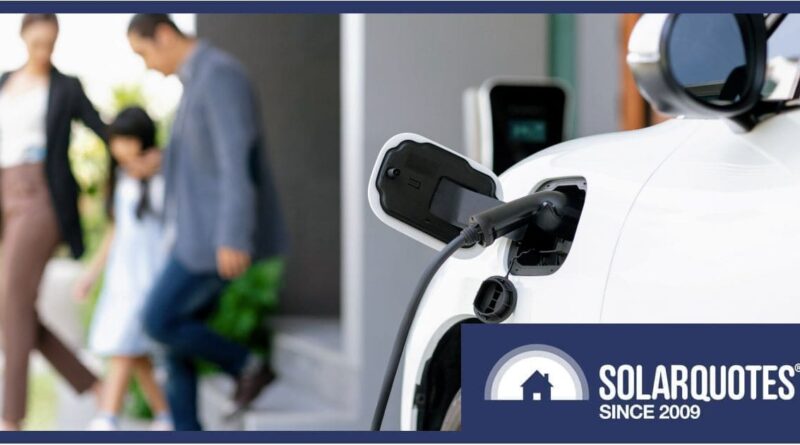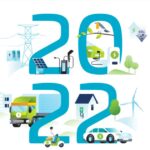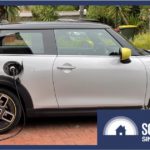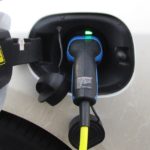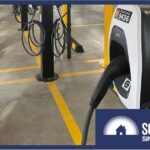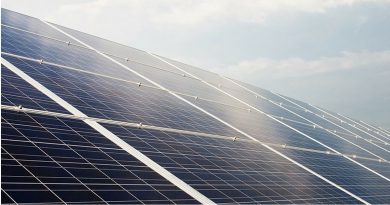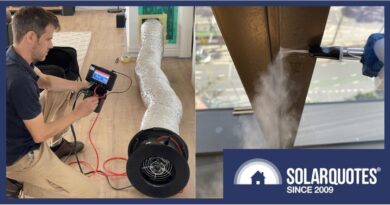Electric Vehicle Strategy Update Highlights EV Charger Growth
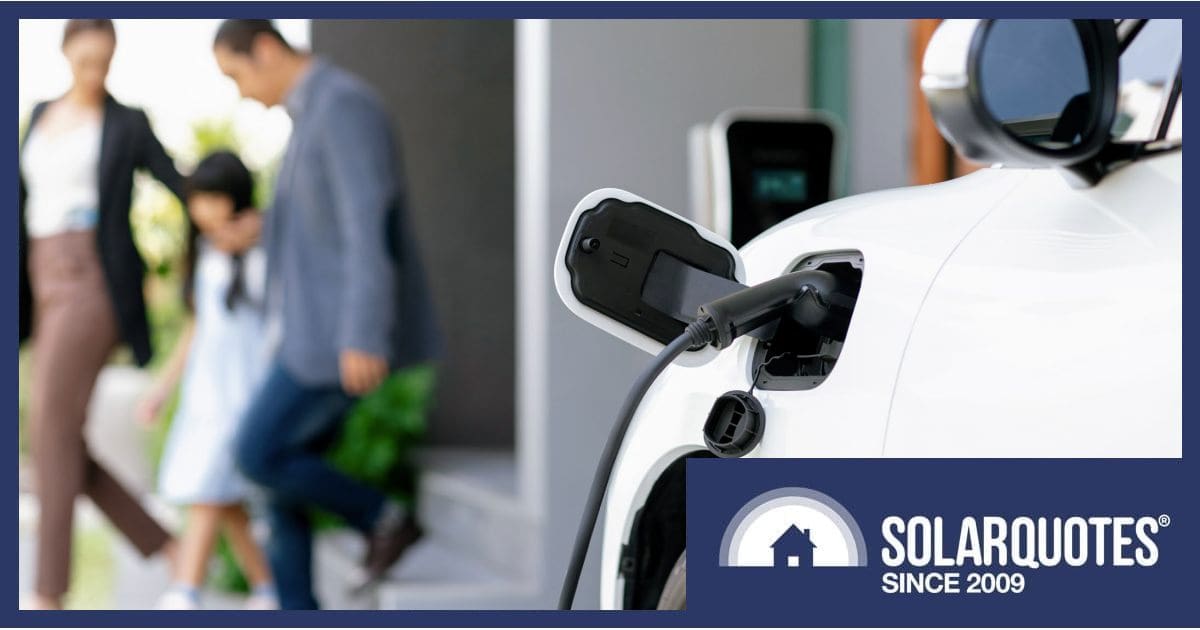
Australia’s National Electric Vehicle Strategy Update indicates EV range anxiety is increasingly becoming a thing of the past thanks to the huge growth of public EV charging stations – and then there’s the uptake of home EV chargers to boot.
The annual update, released last week, looks at how Australia is tracking against outcomes of the Strategy, which was released in April 2023. Some of these outcomes include:
Make It Easy To Charge An EV Across Australia
Last year there were 812 fast/ultra-fast public EV charging locations in operation across Australia, compared with 464 sites in 2022; a 75 per cent jump. By March this year, the figure had climbed to around 900 sites and more have been installed since. Added to that are the many public chargers outside of the fast/ultra-fast categories.
Also not covered in the report are choices of hard-wired home EV chargers growing nicely over the last year or so, with something available for every EV owner who is able to install one. Check out SQ’s home EV charger reviews, submitted by Australian owners. You can also see what some of Australia’s top installers voted the best EV chargers in 2024.
Expanding EV Availability And Choice
Australia was considered a bit of a backwater by EV manufacturers, largely due to our lack of fuel efficiency standards (which is to change). But things have been taking a turn for the better.
Last year saw 148 EV variants available for sale in Australia, which represented a 56 per cent increase in variants from 2022. But it should be noted that the report considers plug-in hybrids (PHEVs) as well as battery electric vehicles (BEVs) as EVs in these numbers.
“With the implementation of the New Vehicle Efficiency Standard, the availability of EVs and hybrids in the light vehicle segment is expected to increase further,” states the report.
Reduce Road Transport Emissions
The report states that over the twelve months, the outlook for transport emissions has improved. This is in part due to passed (watered-down) legislation for a New Vehicle Efficiency Standard, and increased EV availability and price reductions. It’s expected CO2 intensity for new passenger vehicles will be slashed by more than 60 per cent by 2030.
The New Vehicle Efficiency Standard will come into effect on 1 January 2025, but manufacturers will not begin earning credits or having penalties applied until 1 July 2025.
Make EVs More Affordable
Good progress here. 23 EVs priced below $60,000 became available last year, including three below $40,000. In 2022, there were only 14 below $60,000 and none below $40,000.
And the very good news is further price drops this year on some models. For example, MG recently became the first EV manufacturer to offer a vehicle below $35,000 in Australia; while also boosting the warranty.
EVs made up 8.4 per cent of new light vehicle sales in 2023, which was more than double the uptake in 2022. As at April 2024, EVs accounted for 9.4 per cent of all new light vehicle sales this year.
The full National Electric Vehicle Strategy Update can be viewed here.
While there’s still a long road ahead for EV adoption in Australia, it seems we’re on the right track – but no doubt there will be more unscheduled pit stops and unexpected potholes throughout the journey.
Original Source: https://www.solarquotes.com.au/blog/australia-ev-strategy-mb2980/

